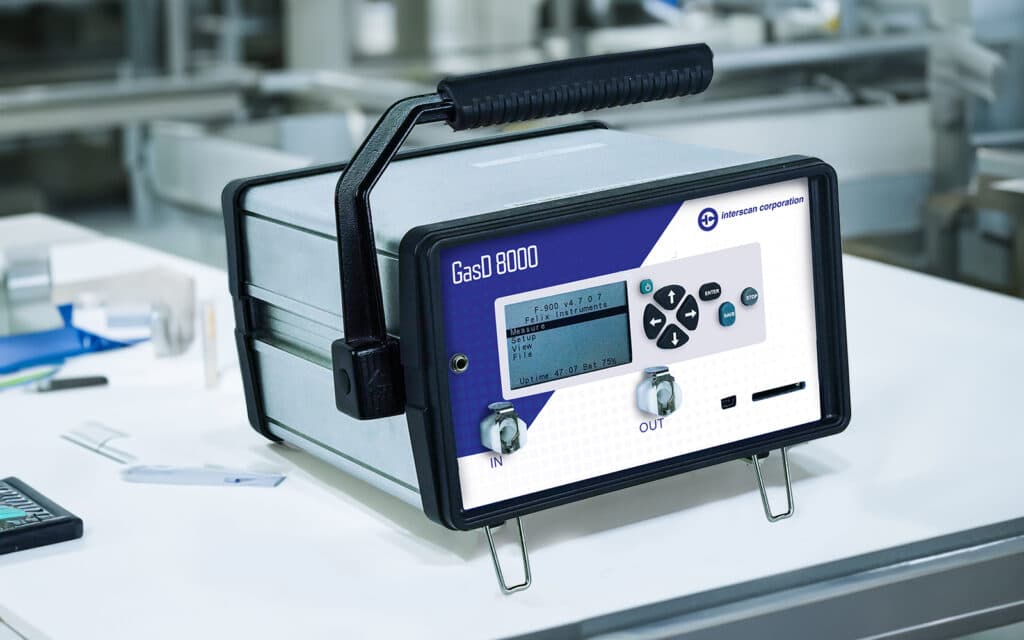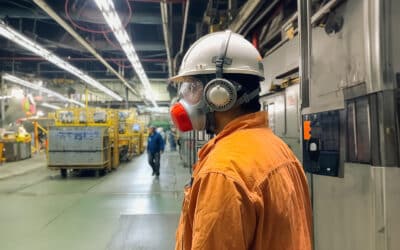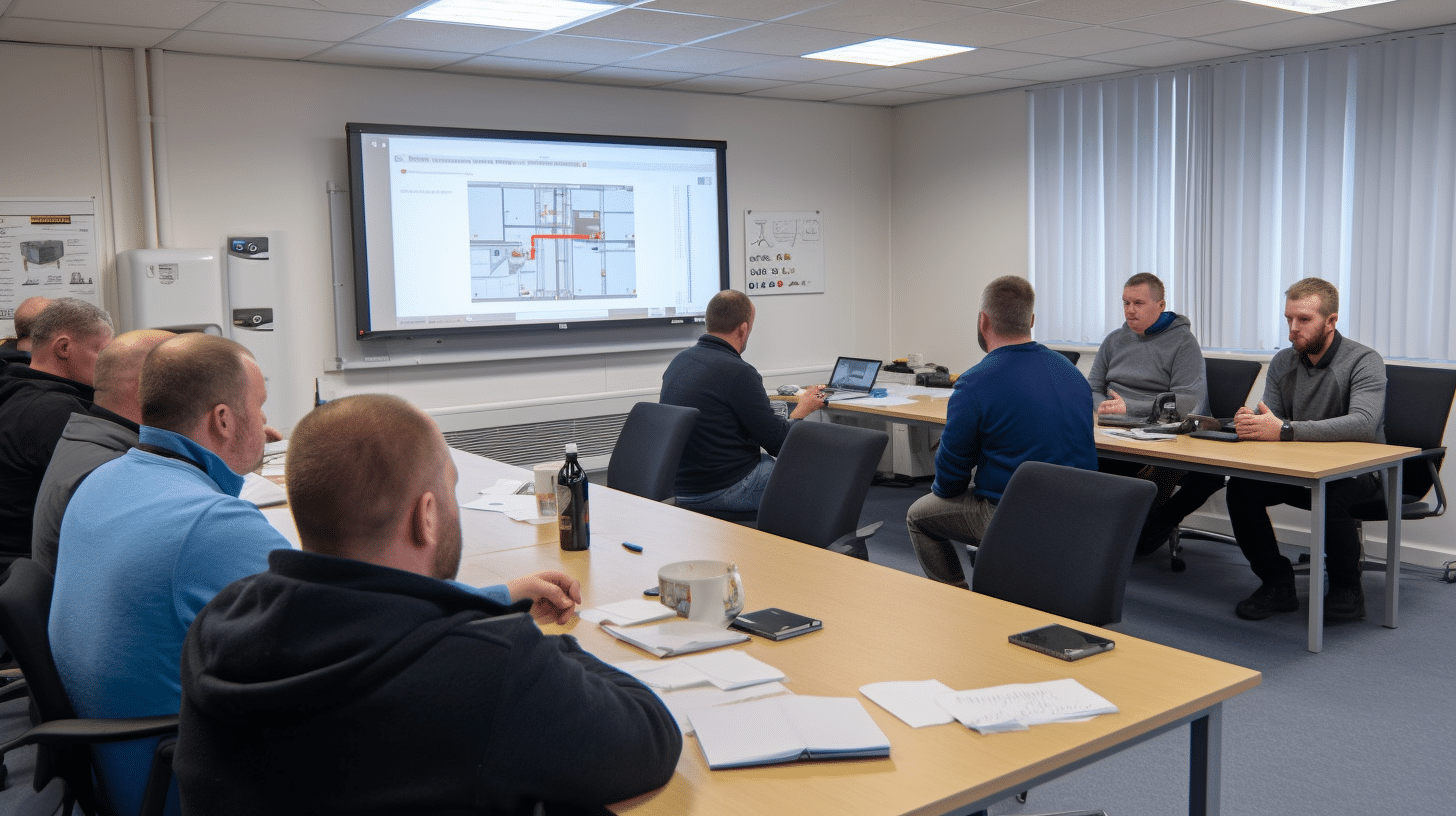Any manufacturing facility must have industrial safety as a pillar. It is not just about following the rules but also about preserving product quality and safeguarding employee safety. As a safety manager, you play a crucial role in fostering a secure environment, a complex but essential task. A key component of your safety arsenal? Modern gas detection systems.
These cutting-edge systems can provide accurate and reliable detection of hazardous gases when adequately selected and used, helping to create a safer working environment. However, how can you make the most of these technologies and improve the efficiency of your safety management? Let’s find out!
Understanding The Importance Of Gas Detection
Facilities used for industrial manufacturing can be a minefield of dangers. Hazardous gases, including carbon monoxide, methane, ammonia, and other dangerous substances, pose one of the most subtle threats. Even small leaks have the potential to grow rapidly, endangering both productivity and people.
The first line of defense against these dangers is gas detection technology, which can identify the presence of gases before they accumulate to dangerous levels. They notify your team of potential leaks, enabling quick response and containment, avoiding adverse health effects and potential facility damage.
Interscan systems stand out when we discuss gas detection systems. They are perfect for the demanding conditions in industrial environments because of their high precision, simplicity of use, and durable construction. In addition, these systems were created with the unique requirements of safety managers in mind, relieving you of a heavy burden by providing dependable and easy-to-use devices.
12 Tips for Safety Managers
- Understanding your facility
It’s crucial to understand the specifics of your facility. Each industrial site has distinct qualities, security needs, and potential dangers. In addition, be mindful of the different types of gases produced or used and the design, ventilation, and other elements that may affect the concentration and distribution of gases.
Recall the story of a large-scale paper manufacturing plant in 2017. After carefully examining their facility, they could identify potential hazardous gas leak points and install the necessary gas detectors. This proactive approach allowed for the early identification of a potentially hazardous methane leak, enabling prompt action, and averting potential harm to the workers.
- Common gas detection challenges
The challenges and needs for gas detection are specific to each industry. For instance, the presence of combustible gases and vapors is a persistent concern in the petrochemical industry. Here, detectors need to be certified for explosive environments and able to detect gases like methane, ethylene, and propane.
In contrast, the pharmaceutical industry frequently uses gases in clean rooms and other controlled settings. So they need detectors that can pick up low concentrations of gases, frequently in the ppm range, like nitrogen or carbon dioxide.
Refrigeration systems in the food processing industry frequently use gases like ammonia. A gas leak could harm the workers and contaminate the goods, causing financial loss.
By understanding the specific needs of your industry, you can select a gas detection system that fits your requirements perfectly.
- The role of technology in gas detection

One cannot overstate the importance of technology in gas detection. The precision, dependability, and usability of gas detection systems have all improved recently. Smart sensors, for instance, adjust their sensitivity based on environmental factors, lowering the likelihood of false alarms and guaranteeing that you are only alerted when there is a real threat.
Integration with the Internet of Things (IoT) enables remote monitoring and management of your gas detection system. This means you can still be alerted about a gas leak and respond quickly, even without being on-site.
The detection of gases has significantly improved because of developments in data analysis. Real-time data analysis can aid in spotting patterns and potential trouble spots, enabling preventative upkeep and repair and raising your facility’s general safety level.
- Regular Maintenance
Maintaining your gas detection system is similar to performing the required tire rotations and oil changes for your car. Regular inspections and upkeep guarantee that sensors remain calibrated and operational. Consider the tragic Bhopal gas leak incident from 1984; proper maintenance could have avoided the disaster. This level of awareness is necessary for your gas detection system.
Finding a gas detector focusing on ease of use should be a high priority when searching for a detection system. For example, while doing maintenance, you do not want to return the device to the original company when it’s time for a new sensor. Instead, find a detector with a quick-change sensor so that it’s as easy as possible when it is time to swap them out.
- Training
Adopt John C. Maxwell’s philosophy: “The growth and development of people is the highest calling of leadership.” A facility that understood this and implemented a thorough training program for its gas detection system saw a significant improvement in safety statistics. Within a year, incidents dropped significantly due to their staff’s ability to respond to alarms.
- Compliance with Safety Regulations
Safety regulations are your roadmap to a secure and healthy working environment, not a set of hoops to clear. Become familiar with regional and global safety regulations. The worst result of non-compliance is a preventable accident, not a fine.
- Emergency Preparedness

A prompt, coordinated response can lessen the impact of an incident involving a gas leak. An egregious example is the 1988 Piper Alpha Oil Rig disaster, where the situation worsened due to a delay in emergency response. Create emergency response plans and practice them.
- Proper Installation and Positioning
Gas detectors are best placed so that they can detect gases most effectively. While some gases rise because they are heavier than air, others can accumulate at lower levels. Consequently, detectors should be close to potential leak sources and locations where gases might gather.
- Continuous monitoring
Any moment could see a gas leak. For example, the Texas City Refinery explosion in 2005 occurred because a hydrocarbon leak went undetected for too long. This leak emphasizes the value of ongoing surveillance. Remember to monitor your detection system and respond to any alarms.
- Keeping of Records
Keep detailed records of all activities involving your gas detection system, including inspections, maintenance, gas events, and response procedures. These records serve as the basis for trend analysis, compliance, and training; they go beyond simple administrative duties.
- Open Communication
Encourage everyone to report safety concerns in a culture that puts safety first. Regular safety meetings can promote information exchange and ongoing safety improvement. John Drebinger Jr., a well-known safety speaker, and author, once quipped that “safety is not about preventing injury or loss. It is about keeping regret at bay.”
- Continuous Improvement in Safety Management
It is impossible to “set it and forget it” regarding safety management. Instead, it necessitates ongoing watchfulness and a dedication to improvement. This entails reviewing your safety procedures regularly, getting input from your team, and looking for room for improvement.
Regular safety audits are an excellent place to start. These audits help you find areas where your team might need more training and holes in your safety protocols.
Following these tips and fostering a safety culture can make your facility safer, healthier, and more productive. Safety is everyone’s responsibility and must be a constant focus in your industrial facility.
Role of Interscan Gas Detection Systems in Enhancing Industrial Safety
Interscan Gas Detection Systems are more than just devices; they are partners in safety. From superior sensitivity and reliability to user-friendly interfaces and sturdy construction, they offer a range of features that make safety management more accessible and efficient. In addition, they allow for continuous, real-time monitoring of gas concentrations, providing you with the information needed to maintain a safe working environment. In essence, an Interscan system is an investment in peace of mind.
Conclusion
As a safety manager, your role is challenging but indispensable. Embracing these tips can help you maximize your effectiveness and maintain a safe, healthy environment in your facility. Remember, safety is a journey, not a destination – continuous improvement should always be your goal.
When you’re ready to take your facilities’ safety to the next level, Explore the robust, reliable product line offered by Interscan Gas Detection Systems. Contact us today for more information or to schedule a demonstration. Let’s work together to create a safer, healthier industrial environment.

